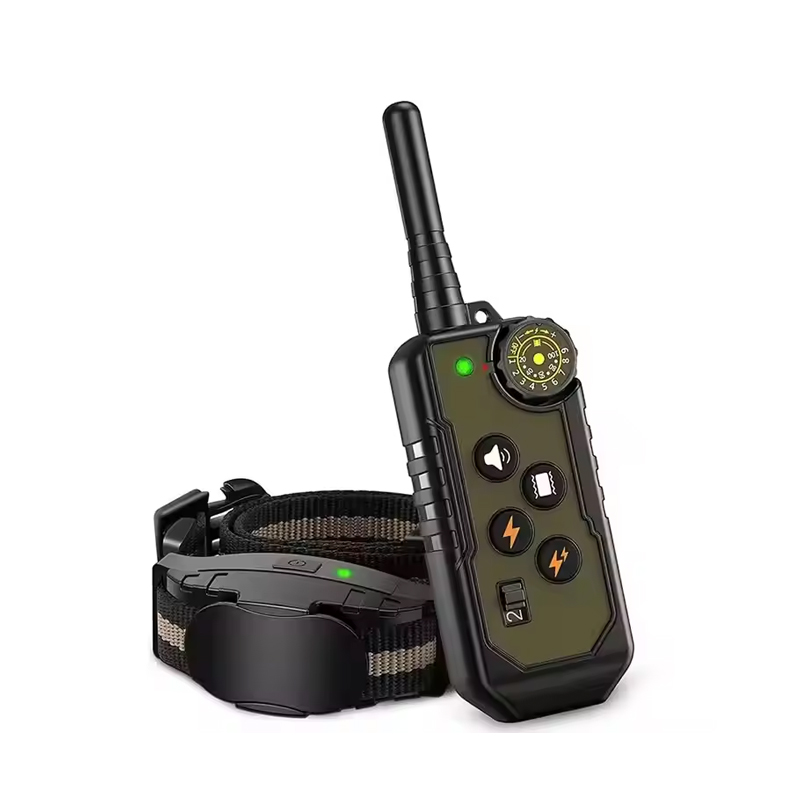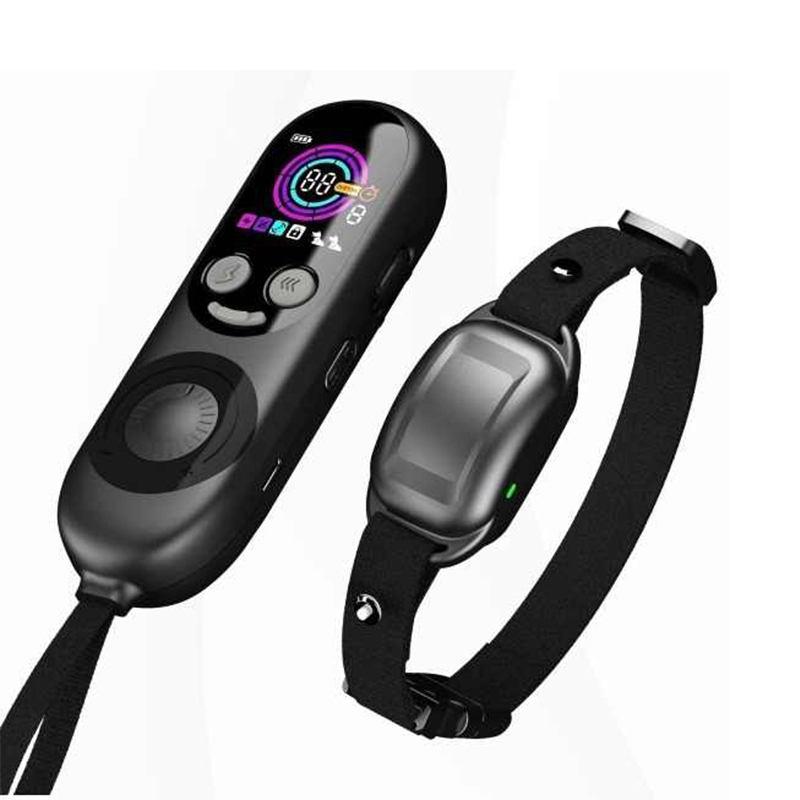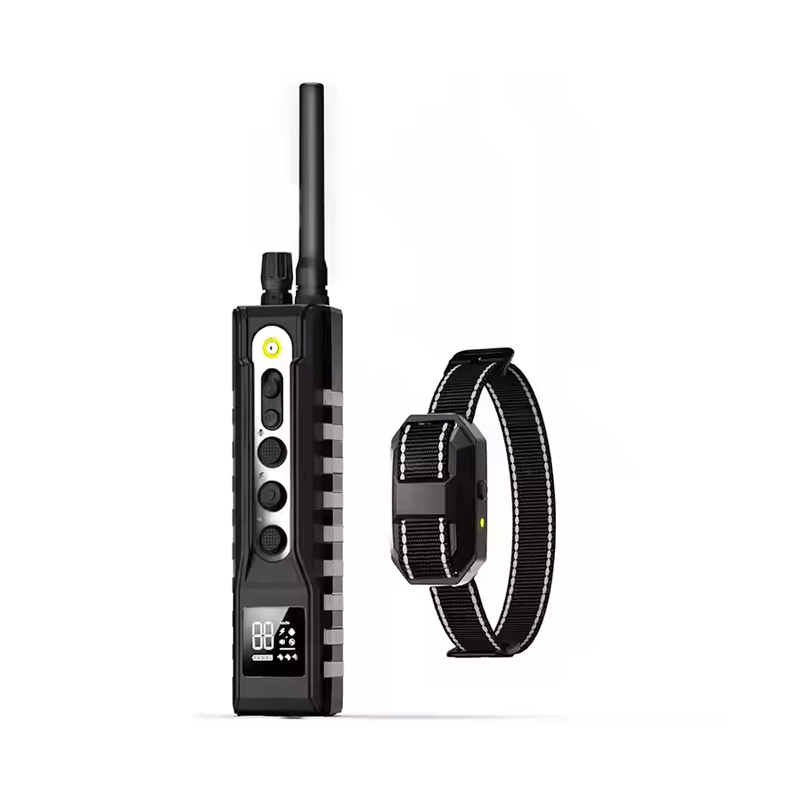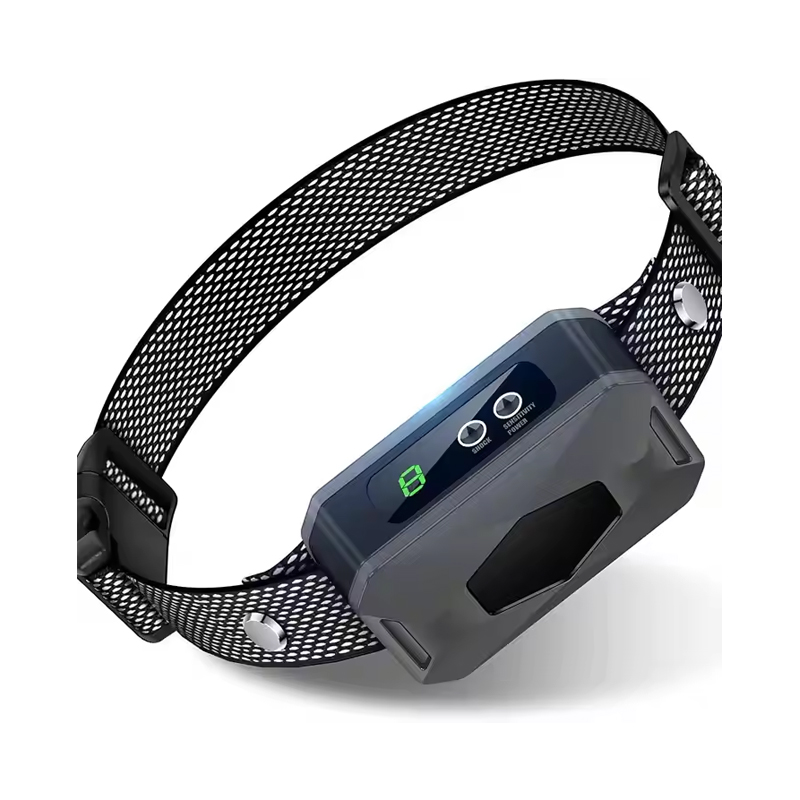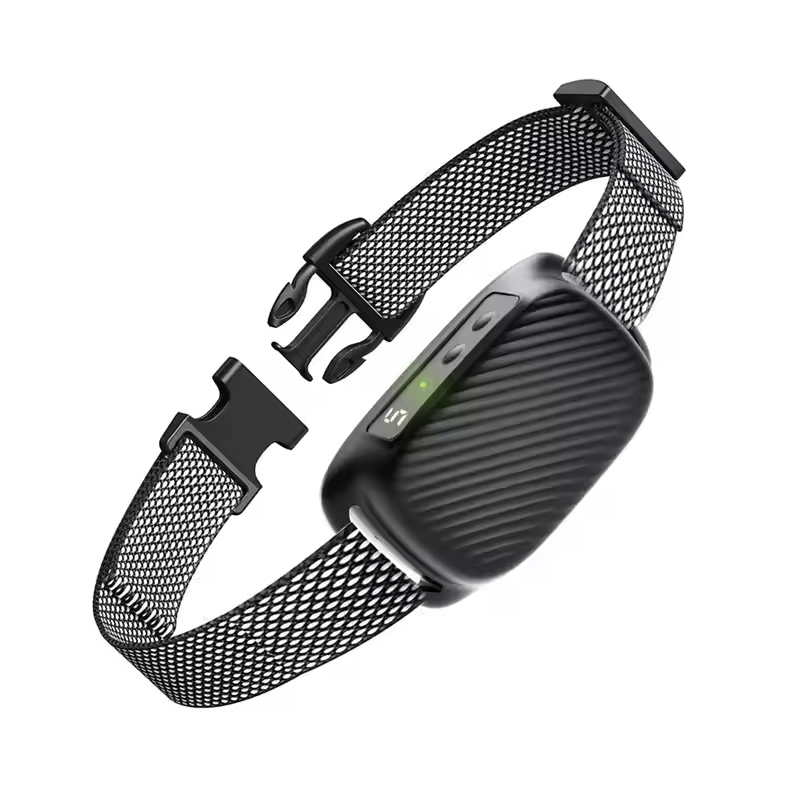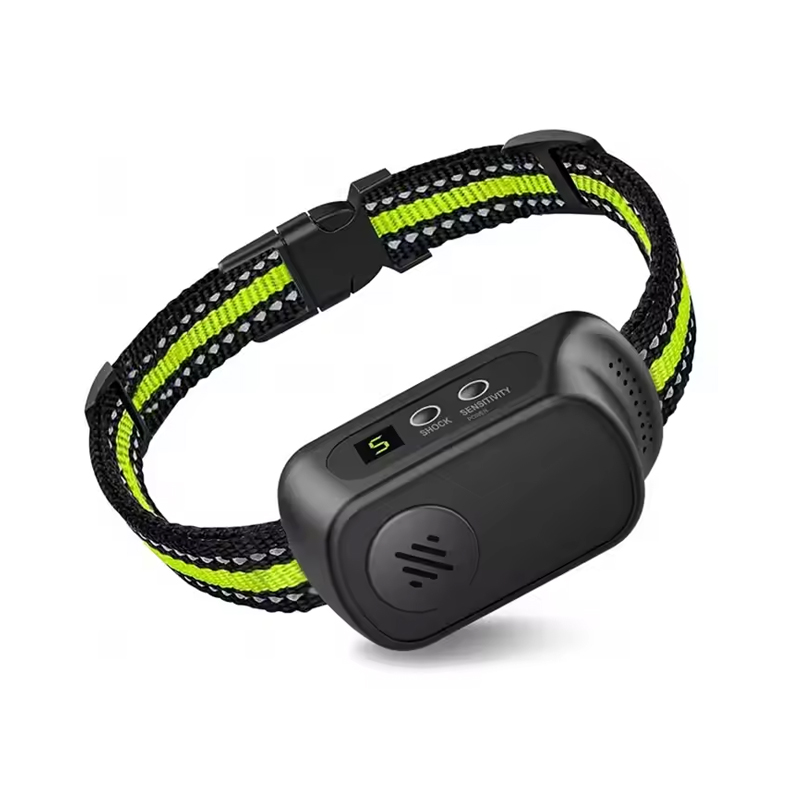- Type:
- Industry News
- Date:
- 2025-04-11
How Auto-Cleaning Litter Trays Actually Work - The Mechanics Explained
Auto-cleaning litter trays, whether they are auto flush cat litter boxes or compact self-cleaning litter boxes, rely on a few key components to function effectively. These include sensors, motors, waste compartments, and various cleaning mechanisms. Sensors detect when a cat enters and exits the litter box, triggering the cleaning cycle. Motors power the cleaning mechanisms, which can include rakes, rotating drums, or sifting systems. The waste is then deposited into a sealed compartment, keeping odors contained and the litter box clean.

Most auto-cleaning litter trays are equipped with advanced sensors that can detect the presence and absence of a cat. These sensors can be infrared or weight-based, ensuring that the cleaning cycle only begins once the cat has left the box. This prevents any accidental activation while the cat is still inside, which could be dangerous or stressful for the pet. Once the cat exits, a timer typically delays the cleaning cycle for a few minutes to ensure the cat has enough time to finish its business. This delay also helps to prevent any incomplete cleaning or malfunctions.
One of common cleaning mechanisms in auto-cleaning litter trays is the raking system. A motorized rake moves through the litter, scooping up waste and pushing it into a separate compartment. This method is effective in separating waste from clean litter, ensuring that the litter remains usable for longer. Raking systems are particularly popular in compact self-cleaning litter boxes due to their efficiency and relatively simple design.
Some auto-cleaning litter trays, including certain auto flush cat litter boxes, feature rotating mechanisms. These systems use a rotating drum or globe that turns after the cat has left the box. The rotation separates waste from clean litter, directing the waste into a collection compartment while redistributing the clean litter. This method is highly effective in ensuring thorough cleaning and minimizing litter wastage.
Sifting systems are another popular mechanism in auto-cleaning litter trays. These systems work by passing the litter through a series of screens or filters, retaining clean litter while disposing of waste into a bin. Sifting systems can be quieter and less intrusive than raking or rotating systems, making them a good choice for households with sensitive cats.
Regardless of the cleaning mechanism used, auto-cleaning litter trays are designed to manage waste effectively. Waste is collected in a sealed compartment, which helps to control odors and keep the litter box hygienic. This further enhances odor control and makes waste disposal more convenient.
Many auto-cleaning litter trays come with additional features that enhance their functionality. For example, some models can monitor a cat's weight and litter usage habits through connected apps. This data can provide valuable insights into a cat's health and help detect any potential issues early on. Safety features are also a priority, with many auto-cleaning litter trays including fail-safe mechanisms that halt operation if the cat re-enters during a cleaning cycle.
The primary benefit of auto-cleaning litter trays is the reduced need for manual cleaning. This makes them particularly appealing to busy cat owners who may not have the time to scoop out litter daily. Additionally, these devices help control odors more effectively than traditional litter boxes, creating a more pleasant environment for both cats and humans. Auto-cleaning litter trays also promote better hygiene, reducing the risk of bacterial buildup and potential health issues for cats.
Auto-cleaning litter trays, including auto flush cat litter boxes and compact self-cleaning litter boxes, offer a convenient and hygienic solution for managing cat waste. By understanding the mechanics behind these devices, cat owners can make informed decisions about which model best suits their needs. With their advanced sensors, efficient cleaning mechanisms, and user-friendly features, auto-cleaning litter trays are a game-changer in the world of pet care.


